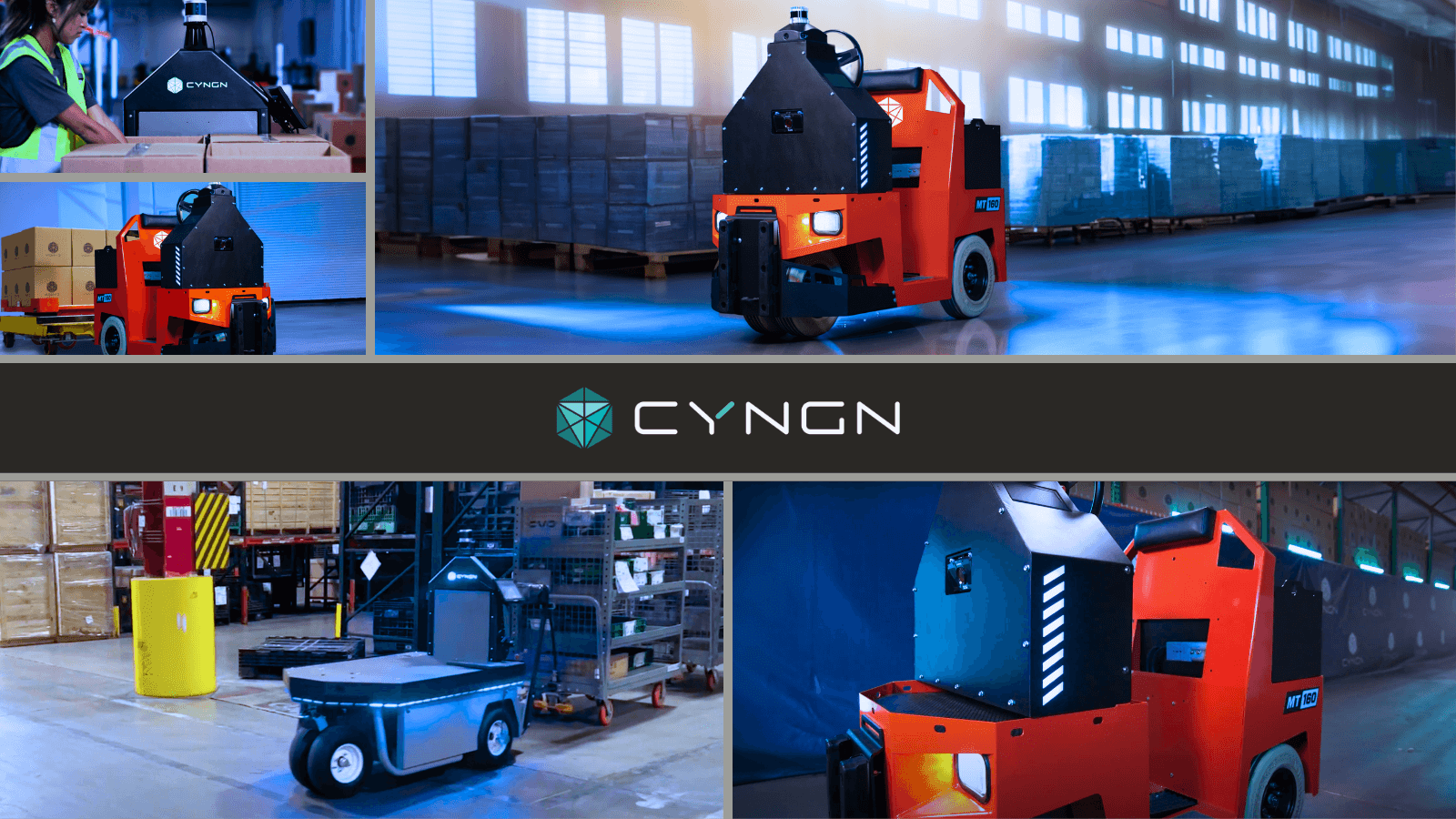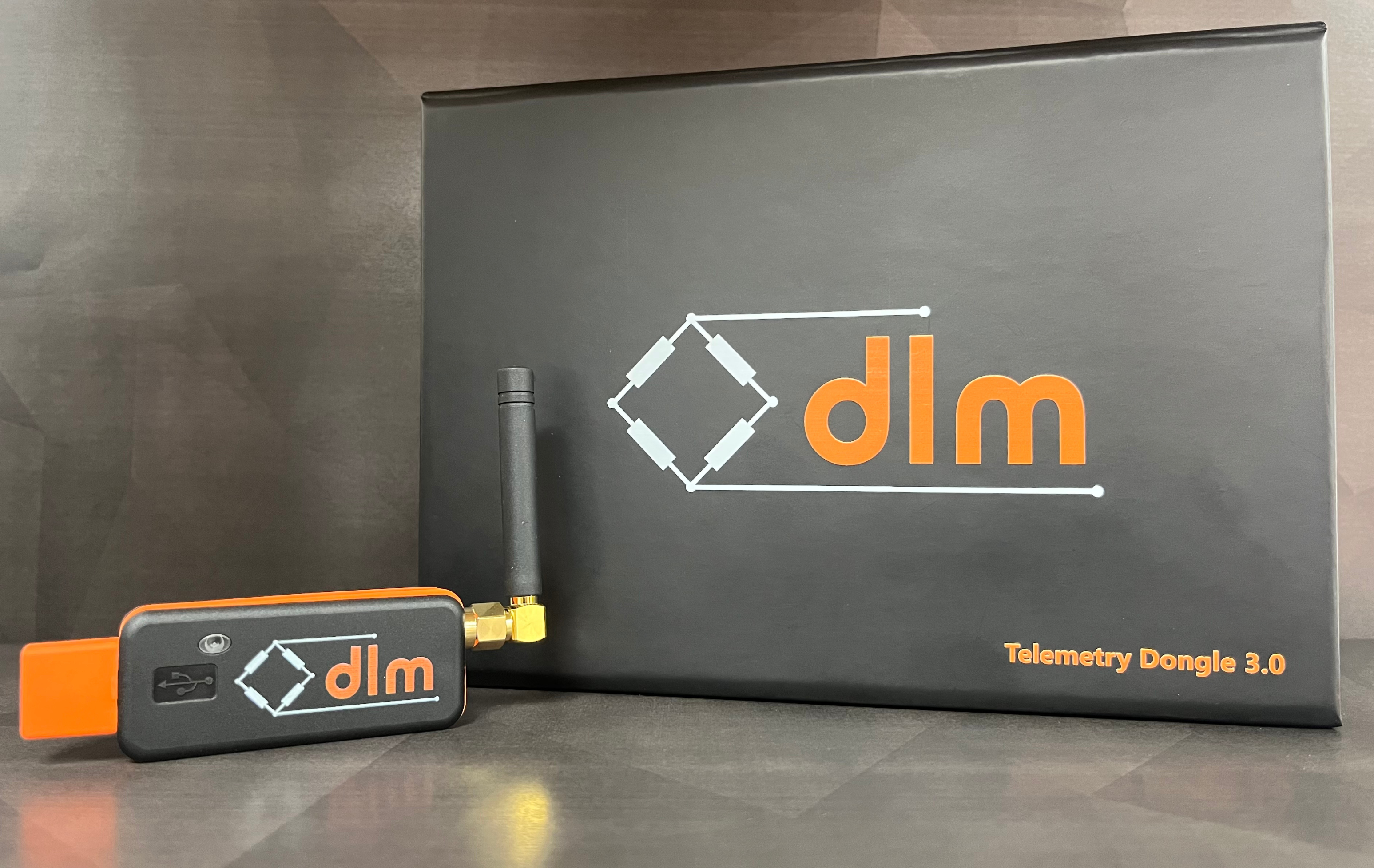CM Labs, ElectriCom Combine
CM Labs Simulations, global simulation training provider in the construction and utilities industries, has released a new customer success story featuring ElectriCom LLC, a utility infrastructure company.
Specializing in electric, telecommunications, fiber optic, and storm response, the company was looking for a new way to increase operator practice time without sacrificing equipment jobsite productivity.
Two operator-related safety incidents prompted ElectriCom management to rethink the company’s approach to equipment operator training. While it was understood that additional stick time was needed to improve operator competency, continually removing equipment from jobsites for the purpose of training would have a serious impact on productivity.
Solution
Equipment simulators have provided a more efficient and cost-effective way to train operators, all while eliminating the need to pull highly utilized equipment from jobsites.
Why CM Labs
Equipment simulators from CM Labs have provided the real-world experience necessary to help operators build muscle memory, refine skills, and enhance situational awareness. Additionally, ElectriCom can conduct training for several equipment types on the same simulator, helping maximize utilization and ROI.
Benefits
Equipment simulators have allowed ElectriCom to provide enhanced one-on-one coaching to more operators more often, driving up operator competency while shortening learning curves.
We need to ramp up training, and fast
ElectriCom LLC is a utility infrastructure company specializing in electric, telecommunications, fiber optic, and storm response. The company employs roughly 650 people across its footprint in the midwestern and southern United States. Roughly 500 of those employees work in an operations capacity, and nearly 200 operate construction equipment.
ElectriCom hired Shane Matthews, Director of Training and Development, to expand the company’s leadership development program four years ago. Matthews and his team quickly made a lot of progress. Then another high-priority initiative came along.
Two operator-related safety incidents turned management’s attention to equipment operator training. It became evident that the company’s existing training program needed a reboot. Operator training needed to be standardized and consistent. Learning curves needed to be shortened. And, given the skilled labor shortage and challenges related to employee recruitment, ElectriCom needed a safe and efficient way to identify current employees who possessed the raw talent necessary to become operators.
To provide another avenue for training, Matthews invested in two simulator training systems from CM Labs.
“We started emphasizing the simulator training right away,” Matthews said. “ElectriCom purchased a fully immersive Vortex Advantage simulator with three display screens, and has been used while mounted in a trailer and at our Midwest training facility. The company also purchased a Vortex Edge Plus, a portable desktop version that can go wherever training needs to take place.
“After our safety incidents, we wanted to implement some kind of competency program,” Matthews said. “So we put a mini-excavator Qualified Operator Training curriculum together that is essentially the equivalent of OSHA’s Powered Industrial Trucks (Forklift) Standard. This includes a classroom session Q&A and written test. We’ve supplemented that with excavator simulation training to conduct competent person training across our entire company.”
In most instances, the operator trains on a simulator for up to two hours. Then they will head into the field to operate an actual piece of equipment. Because of that initial simulator training, the trainee typically becomes acclimated with the actual machine much faster.

Two operator-related safety incidents prompted ElectriCom management to rethink the company’s approach to equipment operator training. While it was understood that additional stick time was needed to improve operator competency, continually removing equipment from jobsites for the purpose of training would have a serious impact on productivity.
“There have also been instances when an actual piece of equipment wasn’t available for training, or maybe the weather wasn’t cooperating that day,” Matthews added. “In those types of cases, we just ran the entire program on the simulator.”
Matthews’ team has also begun using the simulators for new employee orientation. Every individual spends at least 30 minutes on a simulator, under the watchful eye of an instructor.
“We’re watching and assessing things like hand-eye coordination,” Matthews said. “Maybe someone was hired to be an overhead power lineman. But after orientation and observing them on the simulator, we think, ‘Wow, it would be a pretty short learning curve to get them trained to be a competent equipment operator.’”
ElectriCom is a growing company with a broad geographic presence in the U.S. and is experiencing increased demand for their effective operator training.
Benefits of using simulators
Matthews is now in the process of conducting an ROI analysis of the simulation training systems in place at ElectriCom over the past year. Although the numbers aren’t in yet, Matthews said the benefits of using the simulators have been obvious.
Standardized objective training has made work safer
First and foremost, ElectriCom has standardized operator training, which has led to better and safer jobsite performance.
“Prior to purchasing our simulators, operator training was pretty inconsistent,” Matthews said. “Foreman A may have thought an operator needed six weeks of training. Foreman B may have thought six hours would be enough. Now we have a clearly laid-out program, and the simulators play a critical role in the training that’s required to take place.”
The training has also gotten better and more efficient
“When we used to train exclusively on live equipment, coaching was a bit difficult,” Matthews said. “To provide coaching in a safe way, the machine had to be powered down. The operator had to remove their hands from the controls. I walked up, talked to the operator, and then walked back to my original position 10-15 feet away. Then the operator could fire the machine back up and start again.
“With the simulator, I can literally put hands on hands,” Matthews continued. “I can move the trainee’s hands and coach them, and have a discussion with them. It’s much more effective, which is why we’re seeing a trend where learning curves are a lot shorter.”
Matthews also touts the versatility of CM Labs’ simulation systems
“With a mere Training Pack change, I can switch training from one type of equipment to another—all on the same simulator,” Matthews said. That’s important to a company like ElectriCom. Mini-excavators, digger derricks, and forklifts are by far the most utilized pieces of equipment in the company. But crews also use things like telehandlers and compact track loaders. Not having to purchase dedicated hardware for each equipment type helps keep cost down, enabling Mathews to offer simulation training on just about everything ElectriCom crews operate.
There are now no lost opportunity costs due to training needs
One other benefit of using simulators is helping ElectriCom reduce costs.
“When I pull a piece of equipment off a job to use for training, it’s not making money,” Matthews said. “But training still puts wear and tear on that piece of equipment. That equipment still needs fuel and oil. And, in most cases, we’re ultimately pulling an operator off a job because we’re taking their equipment away. All of that starts to get costly.”








